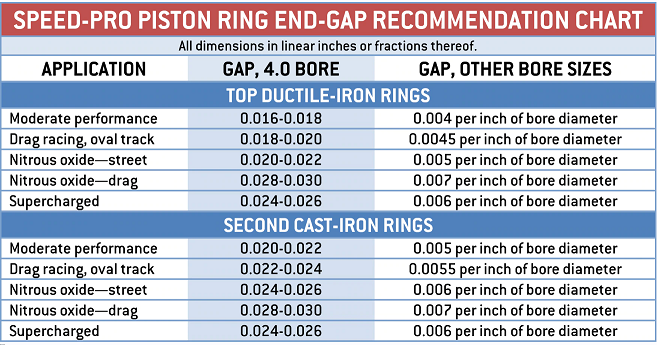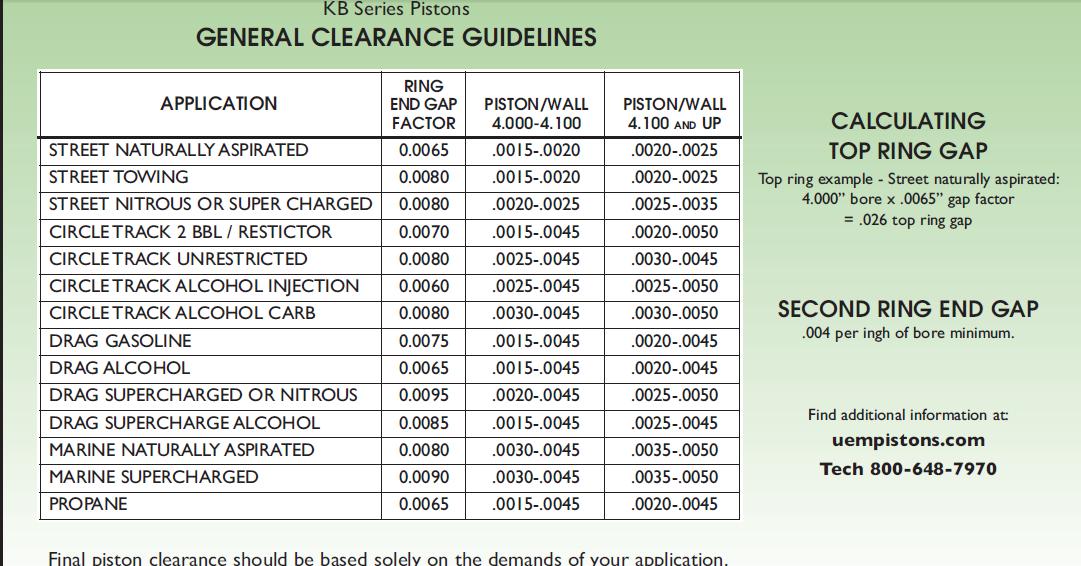Unforgiven
solid fixture here in the forum
While researching pump and line sizes , I ran across this informative site which I thought would help
someone else.
https://www.powerperformancenews.co...00-hp-street-engine-big-power-means-big-fuel/
http://injectordynamics.com/articles/fuel-pressure-explained/
someone else.
https://www.powerperformancenews.co...00-hp-street-engine-big-power-means-big-fuel/
http://injectordynamics.com/articles/fuel-pressure-explained/
Often times the term fuel pressure is used with little understanding of what it really means. This leads to confusion with respect to injector flow rate, and people lose sight of how their injectors really work. Understanding how fuel pressure works and is applied in both re-turn less and return style fuel systems is important if a user wants to properly set up their injector characterization and get predictable fueling. Knowing what to expect also allows a user to diagnose problems with their fuel system and ultimately make the vehicle function as intended.
There are two pressures that people need to consider: rail pressure and effective (or differential) pressure. For the purposes of the rest of this article, it will just be called effective pressure. Rail pressure is self-explanatory; it is the pressure inside the rail. When you stick a fuel pressure sensor on the end of a rail, it is reading the pressure inside of the rail. While this number is important, it is only half of the story.
Effective pressure is the actual applied pressure for the injector, and is the pressure differential ACROSS the injector. Effective pressure is what injector flow rate is ultimately based off of. When an engine is idling, there is a vacuum in the intake manifold. This vacuum pulls fuel out of the injectors, and increases the effective pressure across the injector to a pressure higher than the rail pressure itself. When a supercharged or turbocharged vehicle is in boost, the pressure inside the manifold is trying to push fuel back into injector, resisting the flow and decreases the effective fuel pressure below that of the rail.
This concept is important because it changes how the fuel system needs to be set up in the PCM. There are two generic types of fuel system setups: returnless and return style. A returnless system does just as the name implies and doesn’t return fuel to the tank. Return style systems will bleed excess fuel back to the tank through the regulator. Return style systems hold a big advantage in that with a vacuum/boost referenced fuel pressure regulator, the system can maintain a CONSTANT effective fuel pressure, which can extend the range of fuel injectors and help them function at lower fuel demands as well.
With a return system, the base pressure is set with the engine off, but the pump running. For a GM, this pressure is usually set to 58psi (factory fuel pressure in the rail). The vacuum/boost referenced regulator will help to change the pressure in the rail based on the pressure in the manifold. When an engine is idling, it may be pulling 20 in Hg of vacuum, which translates to roughly 10psi. The reference to the regulator will allow it to adjust and lower the pressure in the rail to 48psi, resulting in 58psi effective pressure, which is the same as the base pressure. When the engine is making 10psi boost, the regulator will adjust and increase rail pressure to 68psi, again resulting in 58psi of effective pressure. The regulator will constantly bleed off pressure inside of the rail to maintain the same effective pressure at all operating conditions. This helps to prevent a loss of effective pressure during wide open throttle, and also helps to prevent injectors from having to run extremely low pulse widths to fuel at idle. A downfall of return systems is the fact that they circulate fuel through a very hot engine bay, ultimately carrying that heat back into your fuel tank.
A return style system that isn’t variable will maintain a certain pressure inside the rail, regardless of what is happening in the manifold. For instance, take a GM system with the standard 58psi in the rail (usually there is a mechanical regulator near the pump to bleed pressure back into the tank and keep the rail itself at 58psi). No matter what operating condition (short of demanding more fuel than the pump can supply), pressure in the rail will always be 58psi (or pretty close). When idling at 20 inHg, this means effective pressure will rise to 68psi because the vacuum in the manifold is adding 10psi to the rails 58psi. This requires injectors to pulse shorter so as to not over fuel the engine and cause a rich condition. By contrast, when a naturally aspirated engine is wide open throttle, the manifold pressure is not in vacuum or in boost, so the effective pressure is the 58psi of rail pressure and nothing more. However, a boosted engine at 10psi will be resisting the fuel, causing effective pressure to drop to 48psi from the 58psi in the rail. This lowers the ultimate output of the injectors.
Some return less systems will actually vary the pump output to emulate a referenced system, or to offer more fuel pressure at higher demands and less fuel pressure at lower demands. Ford fuel systems modulate the pump in an effort to maintain effective fuel pressure at 3 bar. The Corvette ZR1 runs fuel pressure in the 30s until an increased demand is on the system, at which point it will ramp the fuel pressure up to 88psi in the rail. Systems like these use sensors that record the fuel pressure, and when combining that pressure with the manifold pressure, the PCM knows what the effective pressure is and will determine a pulse width for the injector accordingly. Systems like these offer the best of both worlds.
Ultimately, what we need to know is the effective fuel pressure in any given situation though. GM uses manifold pressure to subtract away from the rail pressure (which it always assumes is 58psi) to calculate pulse width. By referencing the flow rate table, in which the flow rate at various effective pressures is programmed in, the PCM knows what flow the injector is capable of at any given operating system. To convert a GM vehicle to work with a boost referenced return system, one must simply populate all of the various pressures with the same flow value, since the effective pressure (and consequently injector flow rate) will remain constant, regardless of manifold pressure. Word to the wise, when you see injectors advertised to flow X amount of fuel at a certain pressure, if you have a boosted vehicle, they will actually flow less while in boost unless you have a boost referenced system!
Dave Steck
DSX Tuning
Last edited by a moderator:












